The only surprise at Monday’s Perry City Council meeting was the complete absence of any public comments during the public hearing on the proposal to vacate one block of Second Street and give it to the Progressive Foundry in order to facilitate that company’s expansion and also the expansion of Wiese Industries.
The council’s approval of the vacation was not a surprise. The Perry Planning and Zoning Commission voted in July to recommend approval, and ThePerryNews.com’s informal canvas of some council members in recent days suggested passage was likely Monday night. But the number and vigor of public comments made at the P&Z meeting in July was not repeated before the council Monday night. In fact, no one said anything either for or against closing Second Street.
When asked their opinions of the matter in recent weeks, many town dwellers used phrases such as “done deal” and “foregone conclusion” to describe their conception of the public-private partnership now in process in Perry. Even Mary Bruce, formerly of Perry, who strenuously opposed the foundry’s 1997 expansion plan and opposes today’s plan as well, spoke of closing Second Street as a fait accompli.
“I think it’s a foolish thing to do,” Bruce said. “They’re ramming it down people’s throats and not giving anyone a chance to say no. The bank’s behind it. Perry Industries is behind it. It’s almost a done deal, it sounds like.”
Maybe the people of Perry are to be commended for their understanding and acceptance of the prevailing relations of power and the ordinary exercise of power. It is what it is, as we Iowans like to say, and it is a done deal.
By voting Monday night to approve the first reading of the vacation ordinance, the council has overturned one of its own precedents of nearly 50 years’ standing, first set in 1972, when the city declined to vacate one block of Third Street for the expansion of Osmundson Manufacturing Co., and reconfirmed in 1997, when the Progressive Foundry sought the same vacation of Second Street that it has now attained, and the city said no.
Looked at another way, however, the council’s approval this time around could be said to restore an even older precedent, one established 125 years ago when the city permitted the building of an electric plant “directly in the path of Second Street,” as Eugene Hastie put it in his 1938 “Hastie’s History of Dallas County.”
It is true that Second Street was not then a through street, and the new power plant was “situated at the foot of Second Street near the Triangle,” according to the Perry Advertiser of Aug. 4, 1894, which “at that time would be considered the south end of the street,” as Hastie described it. Second Street “ended” at the new power plant on the north side of the Chicago, Rock Island and Pacific Railroad tracks, but it picked up again south of the tracks.
The point is that with the city’s help, what Hastie called an “outside syndicate” was able to pursue its private profit in 1895 in founding the Perry Electric Light, Heat and Power Co. and do so by entering into the same kind of public-private partnership that aims to promote progressive growth in Perry today.
The power plant, by the way, was later relocated to W. Third Street and Otley Avenue and changed its name to the Iowa Railway and Light Co., and later still it became Iowa Electric Light and Power Co. and eventually part of Alliant Energy, where it continues to occupy the property at W. Third and Otley today.
Returning to Second Street, we find it was not originally a through street to the north either. According to Sanborn Fire Insurance maps of the time, a station platform for the Chicago, Milwaukee and St. Paul Railroad blocked Second Street between Bateman and Rawson streets until at least 1900. So Second Street did not cross either set of tracks, but First Street – later renamed First Avenue — and Third Street both did.
Horse-drawn folk in their traps and buggies and four-in-hands probably endured this limitation of their liberty of movement with prairie stocism.
Second Street southward from Otley Avenue was not opened to regular through traffic until 1920. It took dynamite to blast out the foundation of the old power plant, according to Marjorie Patterson in “A Town Called Perry,” and the west side of the building was cut clean away, leaving what we see today as the Oasis Market.
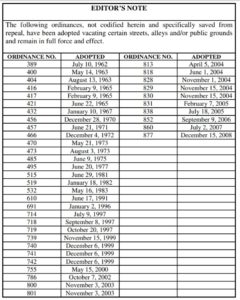
So Perry has proved itself over time equally willing to unblock streets for the sake of “jobs, jobs, jobs” and to block streets — or rather to vacate them for the sake of private parties’ desires to block them. According to chapter 137 of the Perry Code of Ordinances, the city approved some 40 street and alley vacations between 1962 and 2008.
The city code has not been updated to reflect vacations of public property made legal since 2008, but one notable instance occurred Oct. 15, 2012, when the council approved vacating the west half of Third Street between South Street and the Iowa Highway 141 right of way in order to facilitate the expansion of McKee Auto Center Inc.
On the other hand, the city council has sometimes shown itself unwilling to give away city streets in order to accommodate the growth of its industrial and commercial residents. The notable instances here were the city’s rejection of the Progressive Foundry’s 1997 proposal for vacating Second Street – basically the same plan it has now seen approved — and the council’s turning away of Osmundson Manufacturing Co. in 1972 when it sought to close Third Street between Bateman and Rawson streets.
Dave Wright was the mayor of Perry in 1997 when the foundry’s plan failed to receive council support in spite of a recommendation of approval from the Perry Planning and Zoning Commission.
“I think the issue with Second Street was that at that point in time the city didn’t really want to close Second Street,” Wright recently told ThePerryNews.com. “But I think the discussion was kind of left open at that point in time so if there was any other expansion later on, like apparently there is now, that those lines of communication were still open, and they could discuss if that was a viable thing they wanted to do.”
The Perry City Council was in 1997 composed of Joyce Conklin-VanKirk, Frank Eiteman, LeRoy Hefflefinger, James Huyck and Jerry Martinache.
Former Perry City Clerk Jeanette Peddicord, speaking against the street closure at the July meeting of the planning and zoning commission, also alluded to the foundry’s 1997 effort and said it “wasn’t something the council wanted to do at the time.”
Peddicord is knowledgeable about local history, and she mentioned the 1972 precedent the city set against vacating a public street in the case of Osmundson Manufacturing Co.
“Several years ago — I don’t know if many of you remember — that’s the reason Osmundson’s is not in Perry and paying taxes,” she said. “They were not allowed to expand. They were not allowed to close off the street. So now their tax dollars go to Dallas County. So opening a can of worms doesn’t necessarily mean that it’s best for the community.”
Peddicord’s reference to the historical background caught the interest of some members of the public at the meeting.
“Why can the foundry and Wiese expand now but Osmundson’s couldn’t back then?” said Chad Richardson of Perry, who perhaps sensed the planning and zoning commission was leaning toward recommending the vacation of Second Street, which it ultimately did at the meeting.
“That was 50 years ago almost,” said longtime Perry resident Jack Shelker. “Things were different then. The railroad run through town.”
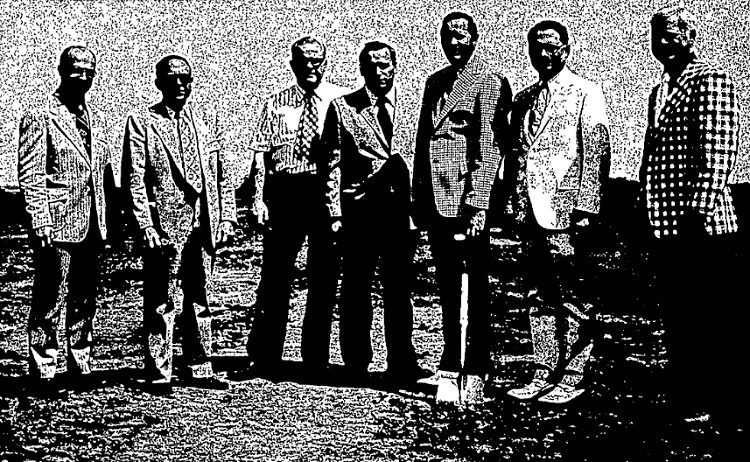
Recalling the events 25 years after the fact, Doug Bruce, who retired this year after more than half a century at the helm of Osmundson Manufacturing, said his company “went to the city in 1972 for the absorption of Third Street” in order to foster the “growth we needed,” but “the city refused to let us grow.” When Osmundson asked about land in town, “the city told us to move outside the city limits,” he said.
The Perry City Council was in 1972 composed of Edward L. Huss, Thomas P. Murphy, Cecil Perkins, Donald Todd and Doris Uken, and D. D. Lewiston was the mayor of Perry.
At the time, Bruce said, “we were unhappy” to lose railway access and to abandon buildings barely 10 years old in order “to move all to our new site,” but he claimed, with 25 years’ hindsight, that “without the move to an industrial area, Osmundson Mfg. Co. would never have grown in products, sales and employment.”
Bruce wrote those words in June 1997, right at the time when Roberta Green Ahmanson and a dazzling train of celebrities were cutting the ribbon on the reborn Hotel Pattee, and Perry’s prospects looked very bright indeed. Yes, things were different then. The world had yet to change after 9/11. The looting of the global financial system by derivatives traders was still a decade away.
The foundry’s 1997 proposal had many of the same backers as today’s plan has, including then-Perry Chamber of Commerce Director Joelle Miner and then-Perry Industries President Howard Hall. The Perry Police Chief and Perry Fire Chief in 1997, Dan Brickner and Jeff Hamilton, both signed off on the plan.
It is not altogether clear from the record why the council rejected the proposal and chose instead to vacate a portion of Rawson Street as a kind of consolation prize for the Progressive Foundry. The opposition of the Bruces might have proven decisive 22 years ago.
Maybe the arguments that were effective then seemed less effective this time around, or maybe the composition of the council and commission has changed, and now they are peopled by officeholders more open to the idea of closing a main street. A few lingering opponents of the idea remain, including the Bruces.
“I think it’s a terrible idea,” Mary Bruce said. “I don’t think they’re taking the interests of the residents in that part of town into consideration, and I don’t think the city is looking to what has been done in the past, even though people probably say, ‘Well, we need to move on.’ Our family has been there 119 years. We don’t forget.”
The second reading of the ordinance to vacate Second Street between Bateman and Rawson streets will occur at the Tuesday, Sept. 3 meeting of the Perry City Council at 6 p.m. in the Clarion Room of the Security Bank Building, 1102 Willis Ave. in Perry.
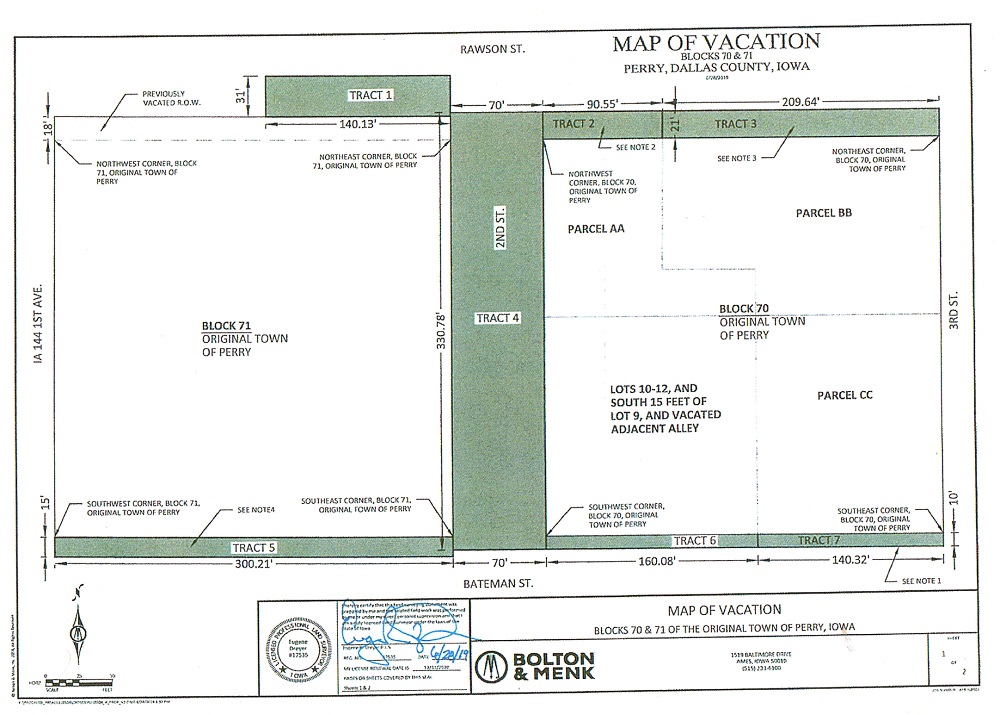
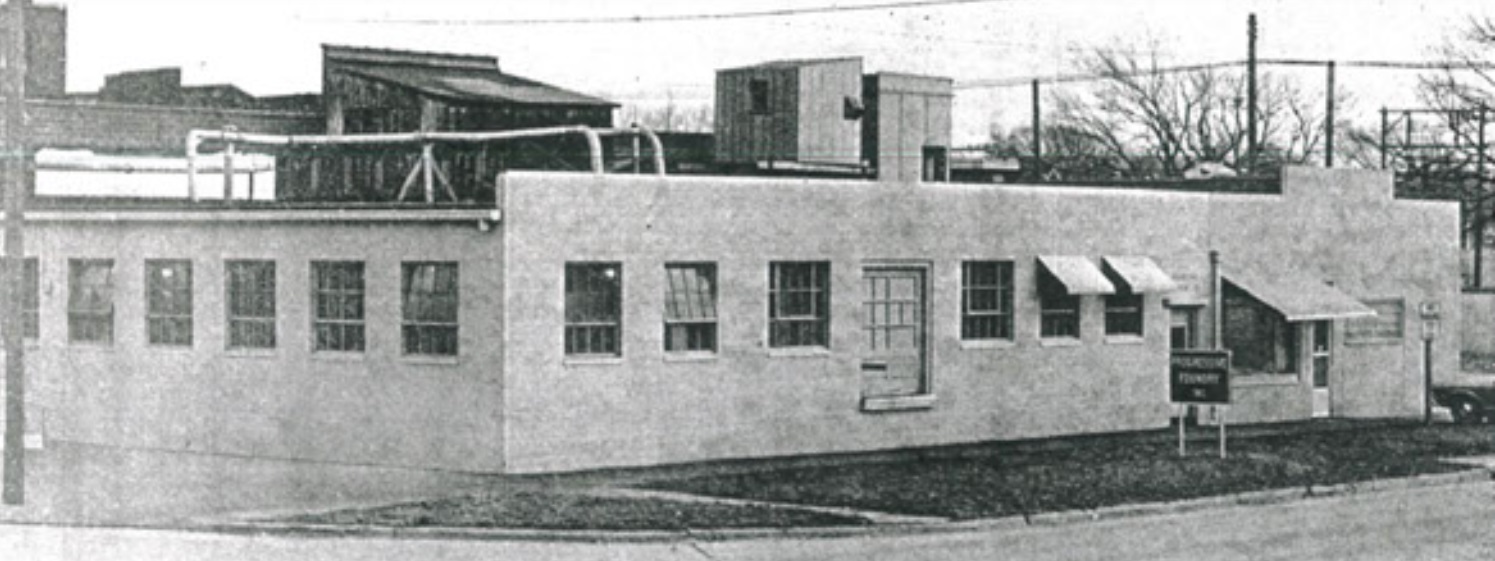



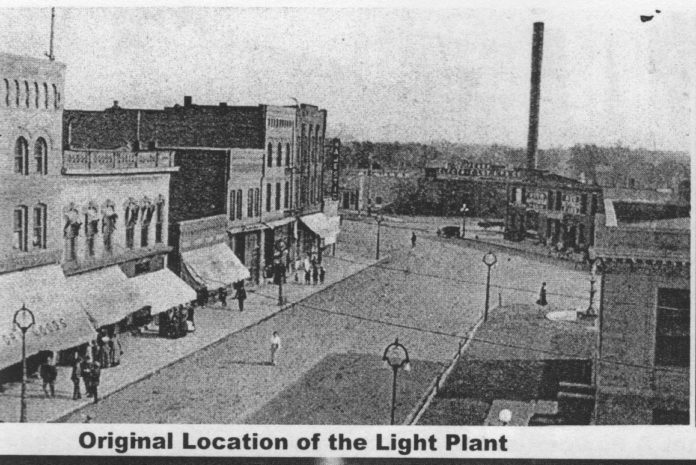


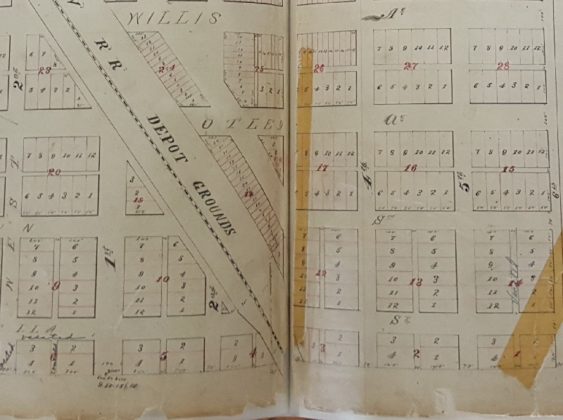
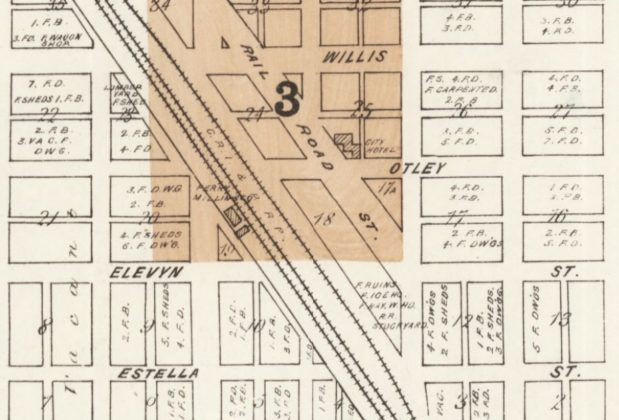
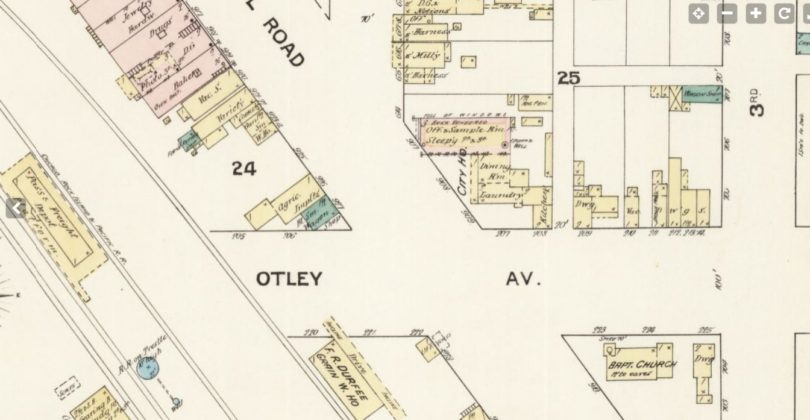
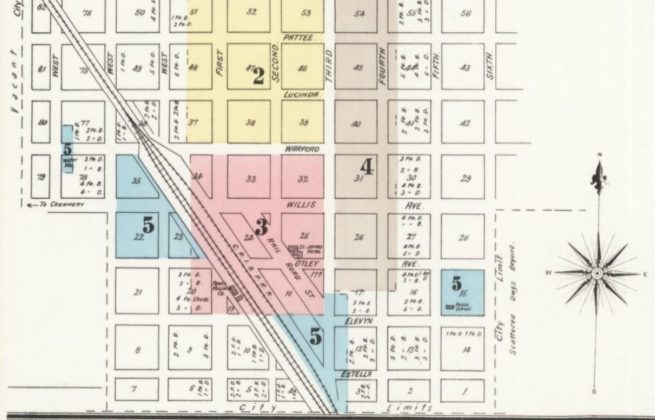
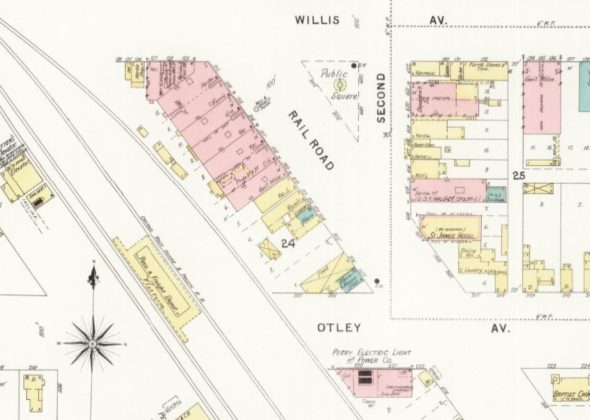
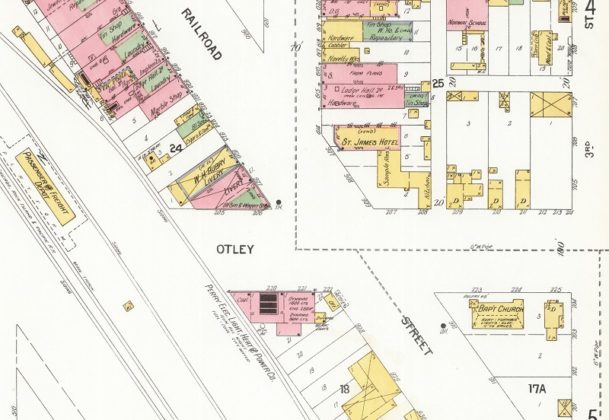
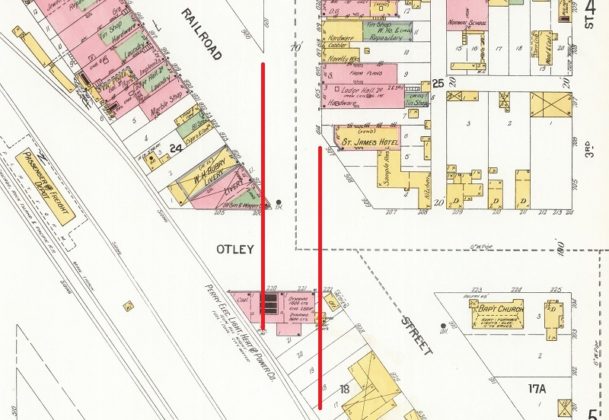
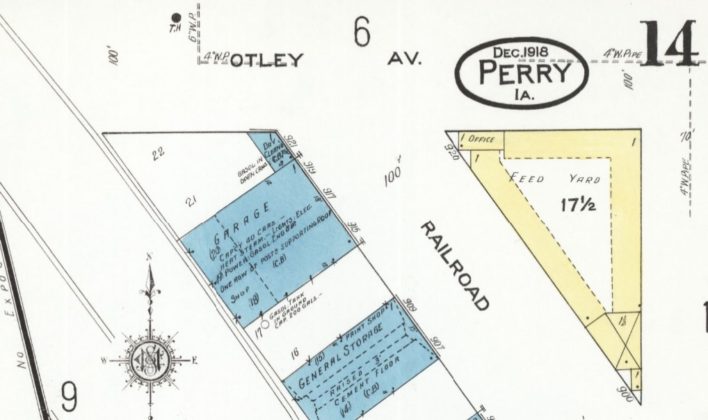
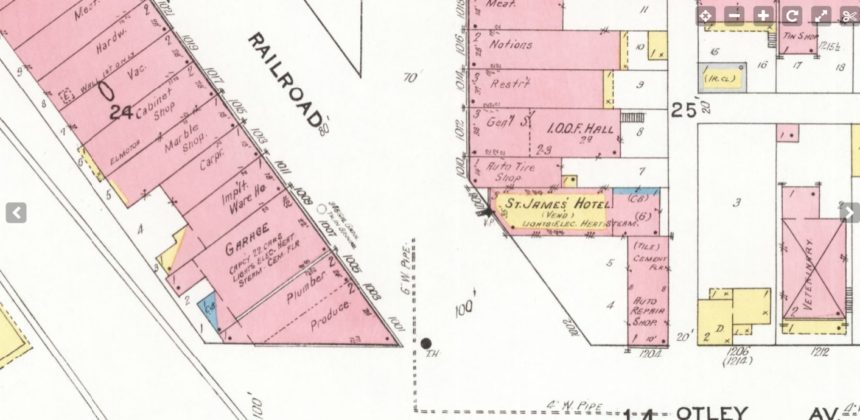
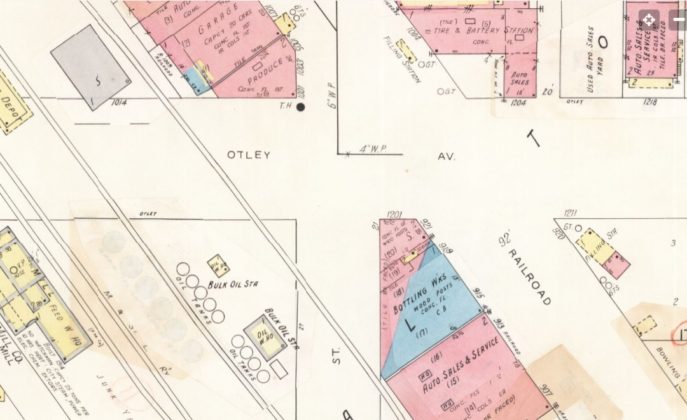
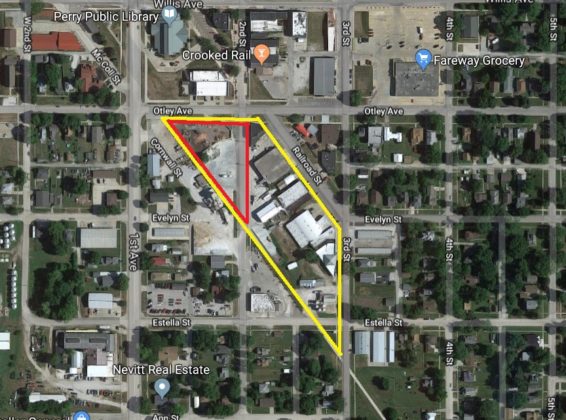
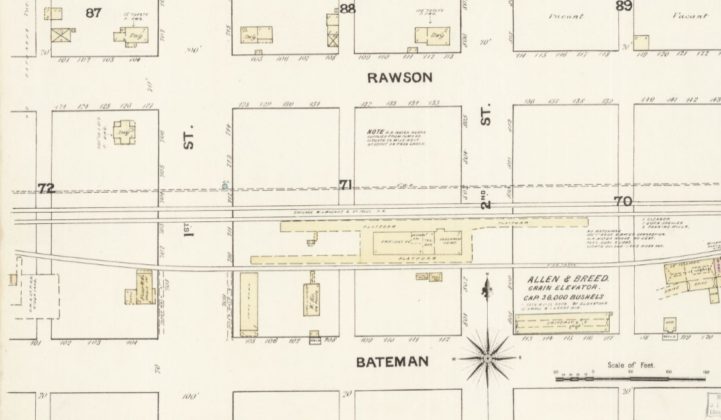
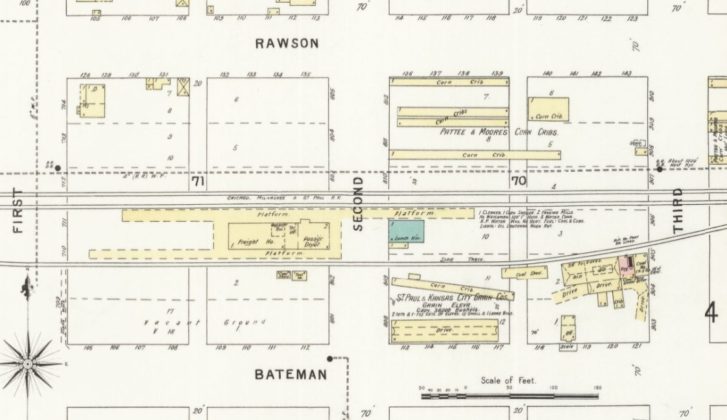
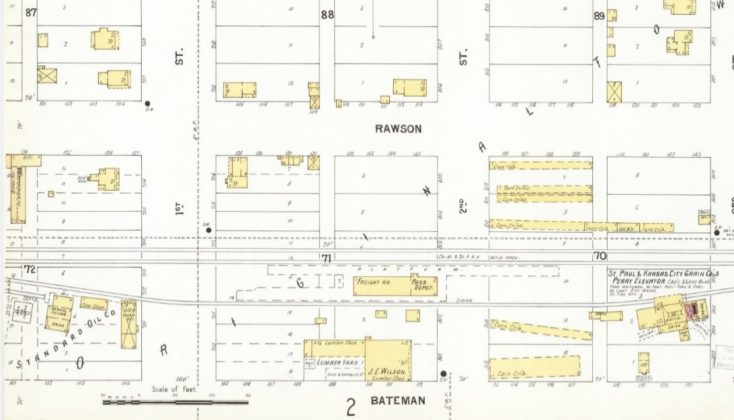
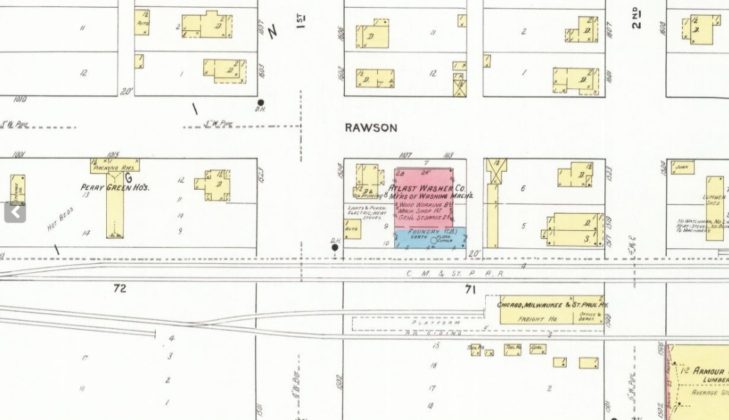
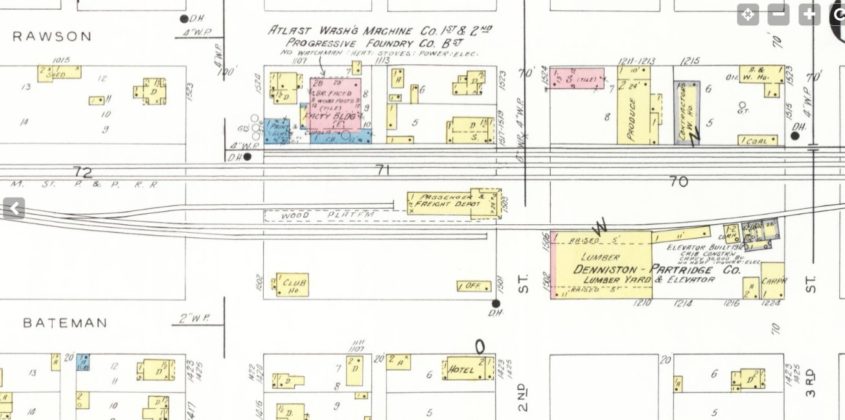
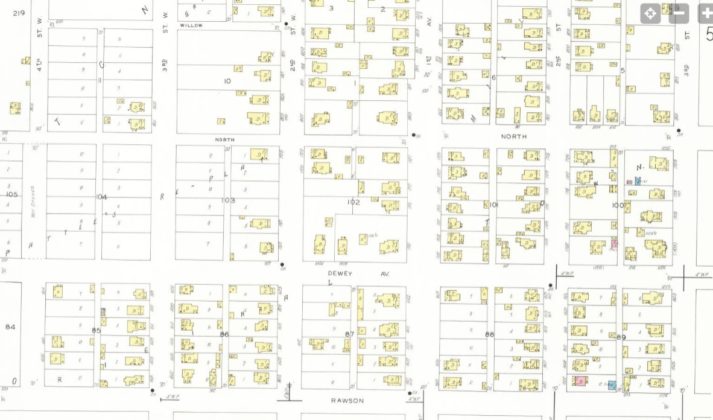
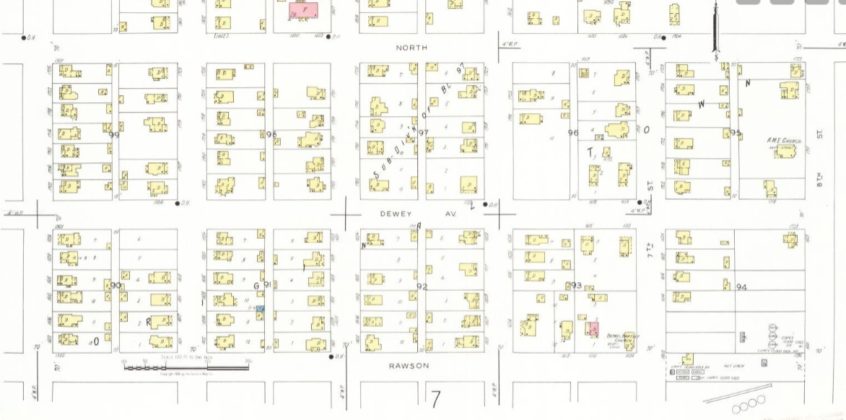












Amazing work and writing on this topic, Jim! The historical context is so very important. Once this street is gone, it will be gone forever.
Thanks for your kind words, Ann. In the long run, we are all history. In the meantime, let us try truly to remember while we can. Afterward, let the liars lie as they so choose. We shall sleep the sleep of the just.